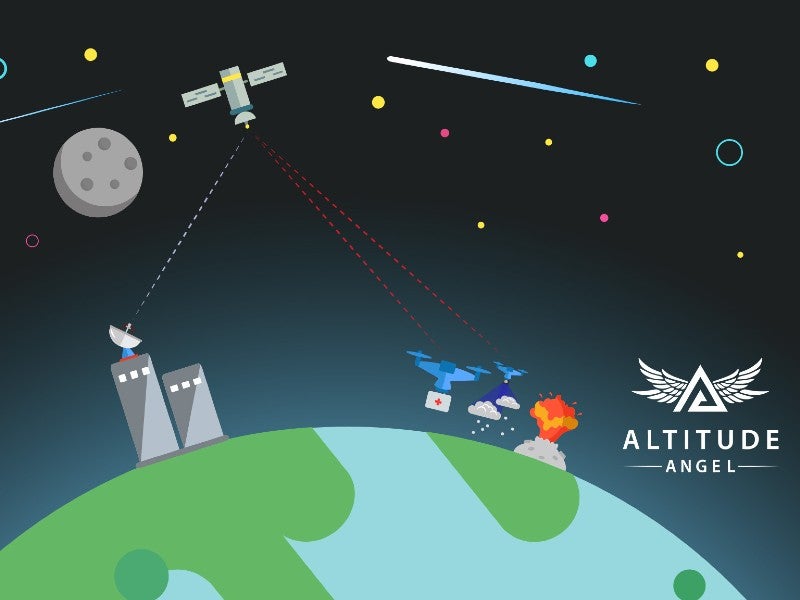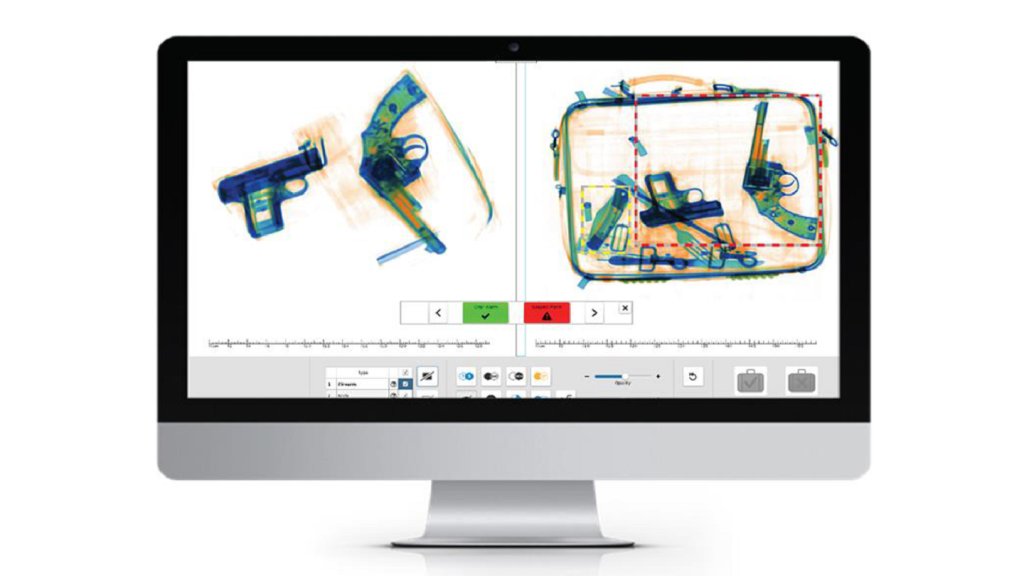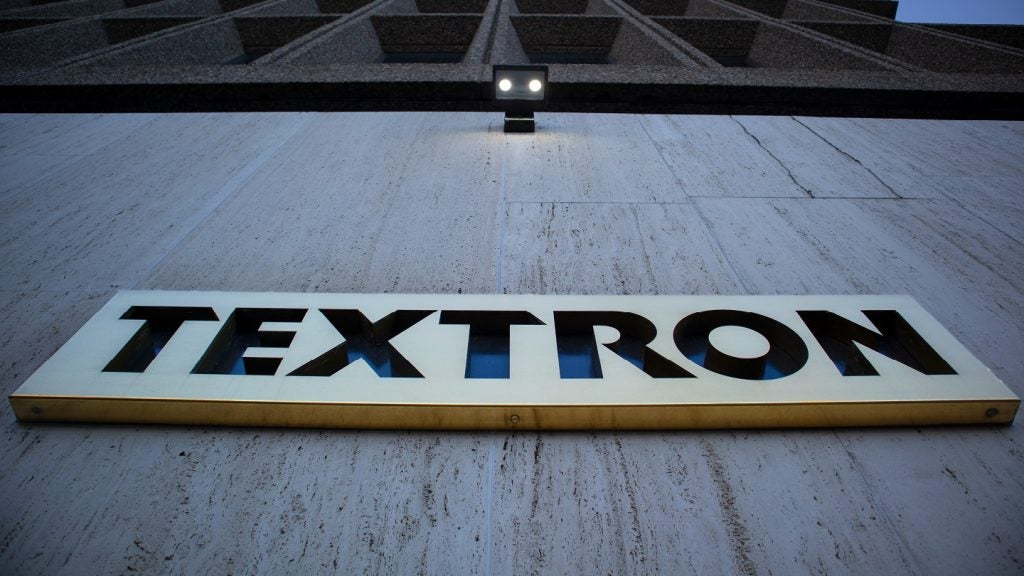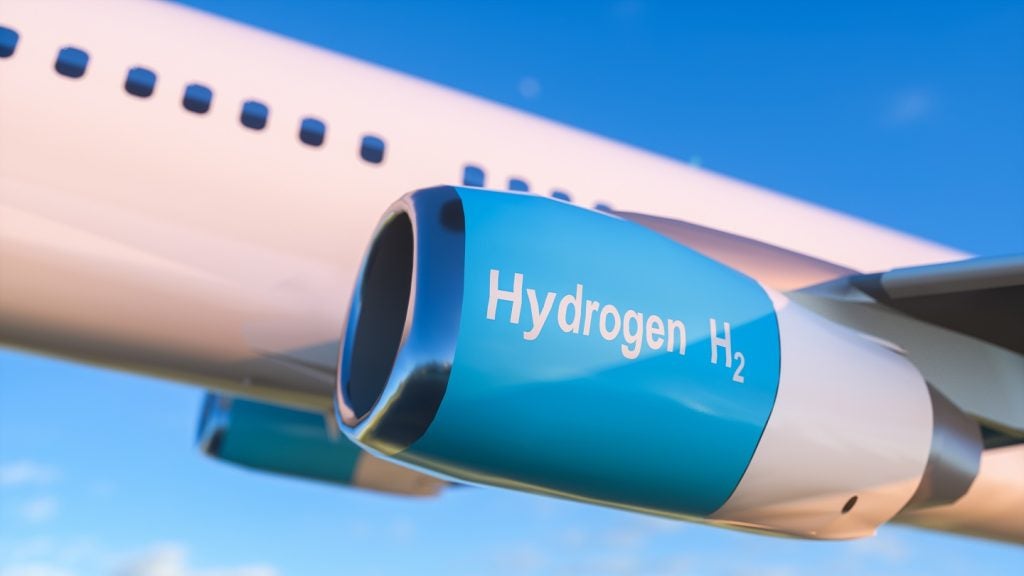
In June this year, Inmarsat and Altitude Angel announced a new partnership that will look to develop an advanced flight tracking and management capability for unmanned aerial vehicles (UAVs) to be used by emergency services.
The former is a global mobile satellite communications provider, while the latter is specialised in unmanned traffic management (UTM) technology. Together, they’re coming up with a system that can remotely manage drones when they’re beyond visual line of sight. This ‘pop-up UTM capability’ removes the need for a ground-based communications infrastructure. It relies on Altitude Angel’s GuardianUTM platform and Inmarsat’s range of satellites to provide operators with visibility from a remote location.
As the drone market continues to expand to a range of commercial and private applications – with experts forecasting its value to reach $129.23bn by 2025 – the duo is hoping to pave the way for broader adoption of UAVs, especially in the aftermath of Covid-19. With more and more companies getting on board with the technology, aviation could soon follow.
Managing drones from afar in critical situations

Inmarsat and Altitude Angel’s technology is being developed with blue light emergency services in mind. When disaster strikes, these organisations usually have very little time to prepare for what awaits them.
“Quite often it takes the [entire] ground network to intervene and communications can be extremely difficult to handle in [a critical] area,” explains Altitude Angel head of air traffic management Phil Binks. “There’s [a lot of] urgency to find out the extent of the natural disaster and how it’s affecting people.”
How well do you really know your competitors?
Access the most comprehensive Company Profiles on the market, powered by GlobalData. Save hours of research. Gain competitive edge.

Thank you!
Your download email will arrive shortly
Not ready to buy yet? Download a free sample
We are confident about the unique quality of our Company Profiles. However, we want you to make the most beneficial decision for your business, so we offer a free sample that you can download by submitting the below form
By GlobalDataCurrent response procedures include sending over helicopters to provide some initial situational awareness, followed by staff. However, handling these operations is often complicated, time-consuming and expensive. “An alternative is to fly drones in the area to get initial footage and get an idea of what’s happening,” Binks says. “But you need a network to run the drone, you need a traffic management capability for drones and this is the whole purpose of our cooperation.”
Satellite communications play a crucial role in making the system possible, Bink argues, as they have fewer limitations compared to traditional networks. They have significant potential, especially when it comes to operating drones beyond visual line of sight. “
We have [developed] a form of tracking and monitoring capability and conformance capability so that as soon as the drone is no longer doing as it says, the operators can be alerted about the problem,” he says. “Of course, in order to do that, you need some sort of network to be able to track, monitor and understand what that drone should be doing. That’s what we’re doing now with satellite technologies.”
In a not-so-distant future, Binks hopes the system will make a difference in many other areas, including healthcare. “People are realising that drones can help them support the (UK’s) NHS for example,” he claims. “They can take delivery of medical parcels across busy and complex cities as well as remote areas and you haven’t got that face-to-face interaction that is really important currently due to coronavirus.”
Aviation’s approach to the drone industry
Altitude Angel’s Pop-up UTM capability has the potential to reshape many sectors, though commercial aviation isn’t one of them. “An airport environment is very complex, and a very busy environment so there are elements of drones that if an airport or an airline wished to adopt them, we would need to understand how they can be integrated safely into that airport environment,” Binks concedes. “The location of those drones is absolutely critical and so is making sure they don’t get in the way of manned aircraft.”
Yet this doesn’t necessarily rule them out from future use and adoption. Airports around the world have already started to integrate them into their daily operations, for example in runway inspections and bird control. But he argues that a more systematic inclusion will come once drones are proved safe and easily tracked and monitored. “Many actors at an airport want to get involved and they all have different demands,” he continues. “So it is a lot more complicated but that’s not to say it can’t be done.”
Altitude Angel’s recent work at Lyon Saint-Exupéry airport is proof of this trend. Here, the company is currently looking to introduce a UTM platform to the restricted airspace around the airport. “The technology a drone can bring along and the quality of data it can provide is often better than what we can do with human checks,” he adds. “What we need to do is to demonstrate that this can be done safely and for that you do need a UTM capability with which you can quickly spot a rogue operation.”
On route to receiving CAA approval
Airports are not the only ones expecting evidence that drones are safe. As Binks says: “We’re entering a busy and complex airspace, civil aviation authorities around the world are putting restrictions on because they want to gain proof that they’re safe.”
In the UK, the Civil Aviation Authority (CAA) is testing the ground for more widespread use and regulation of drones in the country. In the context of blue light emergency services, Altitude Angel is hoping to set up a temporarily restricted area to track monitoring activity of its UAVs in that airspace. “This will help convince the CAA to remove the restriction of airspace,” he explains. “And hopefully then [the system] can be popped up at any time in any place without having to close the airspace down.”
In the future, airports and airlines can also play a key role in shifting regulation. “As more and more airports are looking into [using drones], the CAA is being proactive about this. They want this to happen,” he continues. “Airlines are starting to explore using drones for airframe inspections, and I believe one airline saves £1m a week by using drones for airframe inspections.”
The prospect of saving on costs could make even more of a difference in the wake of the Covid-19 crisis, which is substantially hitting aviation’s finances. “Airports are realising that drones are a fantastic opportunity and are studying how to introduce drones into their business, possibly to reduce costs and find new revenue streams,” Binks concludes. “Because while there’s very little unmanned aircraft flying around, the risks are very, very low.”







